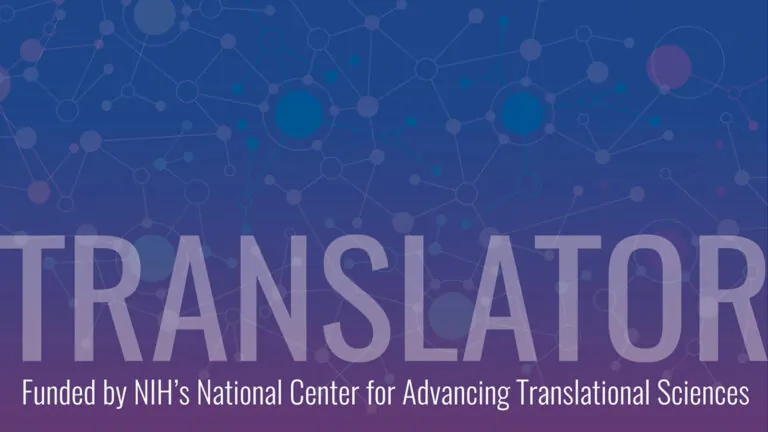
A Simpler, Smarter Way to Measure Gut Bacterial Biomass
ISB scientists have developed a simple, low-cost method to measure the total amount of bacteria in the gut using existing sequencing data. This breakthrough could speed up microbiome research and unlock new insights into health and disease.




